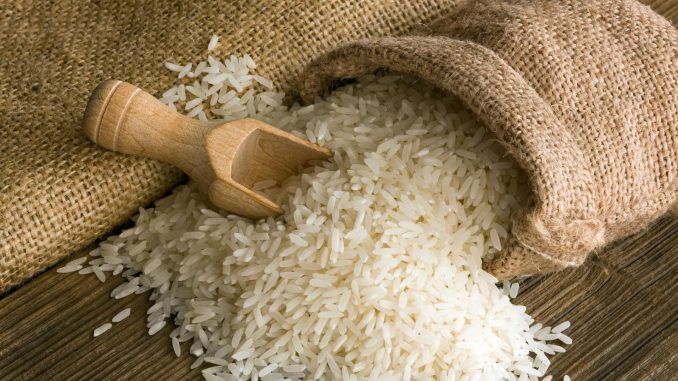
It is now forgotten that before the Green Revolution, millets made up 40% of all cultivated grains
Hunger is on the rise after many years, particularly in developing countries like India. The threat of climate change in lowering farm productivity can make the situation worse unless we take immediate steps to grow more eco-friendly food.
India is particularly vulnerable to global warming, and it is now well established that rising temperatures make for anaemic harvests. India’s long struggle with hunger and food security may have become tougher. In the peninsula, temperatures may rise by as much as 6° Celsius by the end of this century, according to research by the Asian Development Bank (ADB) and the Potsdam Institute for Climate Impact Research.
In the southern states, rice yields may decline by 5% in the 2030s, 14.5% in the 2050s, and 17% in the 2080s, the ADB study predicts. This is bound to affect food security in India with climate change set to make food production in South Asia more difficult and push production costs upwards. Food shortages are expected to increase the number of malnourished children in South Asia by seven million.
In the crosshairs
To compound woes, scientists have found that higher temperatures hamper the nutritional value of harvests, particularly rice and wheat — staples for most Indians. Greater levels of carbon dioxide in the atmosphere would lead to protein deficiencies, according to a study in Environmental Health Perspectives. In a few decades, as many as 53.4 million Indians may be newly at risk of protein deficiency.
Experts at the UN’s Climate Change Conference in Bonn last November argued for faster and further investment in agriculture to support livelihoods of small farmers, and to curb emissions.
Small farmers, herders and fishing communities in developing countries provide the bulk of the planet’s food, but they are also disproportionately affected by global warming.
The problem of nutrition security has not entirely escaped attention. Eminent agriculture scientist M. S. Swaminathan has said India needs a nutrition revolution.
The architect of India’s Green Revolution has been advocating for a greater reliance on millets, not only to provide better nutrition but to also ensure farmers are well-equipped to deal with climate change. Calling millets ‘orphan crops,’ Swaminathan has called for greater investment in millet research to add variety to India’s food basket.
Ironically, it is now mostly forgotten that before the Green Revolution of the 1960s, millets made up around 40% of all cultivated grains, contributing more than wheat and rice. The production of rice has doubled and wheat tripled since then, while that of millets has declined.
Millets were the major staple in central and southern India, as well as the mountain States since ancient times.
After the relentless advance of high-yielding varieties of rice and wheat, which guzzled water and needed large amounts of chemical fertilisers and pesticides, harmful to the environment, millets gradually vanished from our plates.
The government was also complicit in this by pushing only rice and wheat in the public distribution system, rendering the cultivation of millets economically unviable. This has resulted in high consumption of polished rice and refined wheat flour, which are nutritionally poor and bad for ecosystems as well.
The time has come to recognise that India was never a two-grain nation. We need to expand our food basket for the nutritional security of our young, and for future generations. And millets can be the climate-resilient future crop for millions of Indians. They can counter the worst effects of climate change better than most other crops.
Since millets require much less water than other crops — pearl and finger millets, for instance, can grow well with a fourth of the rainfall that rice requires — they are much better adapted for droughts.
Superior grain
They are known for their climate-resilient features, including the ability to adapt to a wide range of ecological conditions, low irrigation requirements, better growth and productivity even without fertilisers and minimal vulnerability to environmental stresses. Millets are also nutritionally superior to other major cereals because they are rich in dietary fibres, resistant starches, vitamins and essential amino acids.
Although is it difficult to get people to change their diets, the scene for millets might be changing for the better. The Food Security Act has stipulated that beneficiaries of India’s public distribution system, which constitute about 813 million of the country’s poorest, will get millets at ₹1 per kg.
But framing a law is not enough. The government must ensure that millets are adequately available at fair price shops.
In times of climate change, millets are often the last crop standing, the central government has said in a recent release, while asking the U.N. to declare 2018 as the International Year of Millets. These words must be followed by effective action.
Source: The Hindu

Leave a Reply